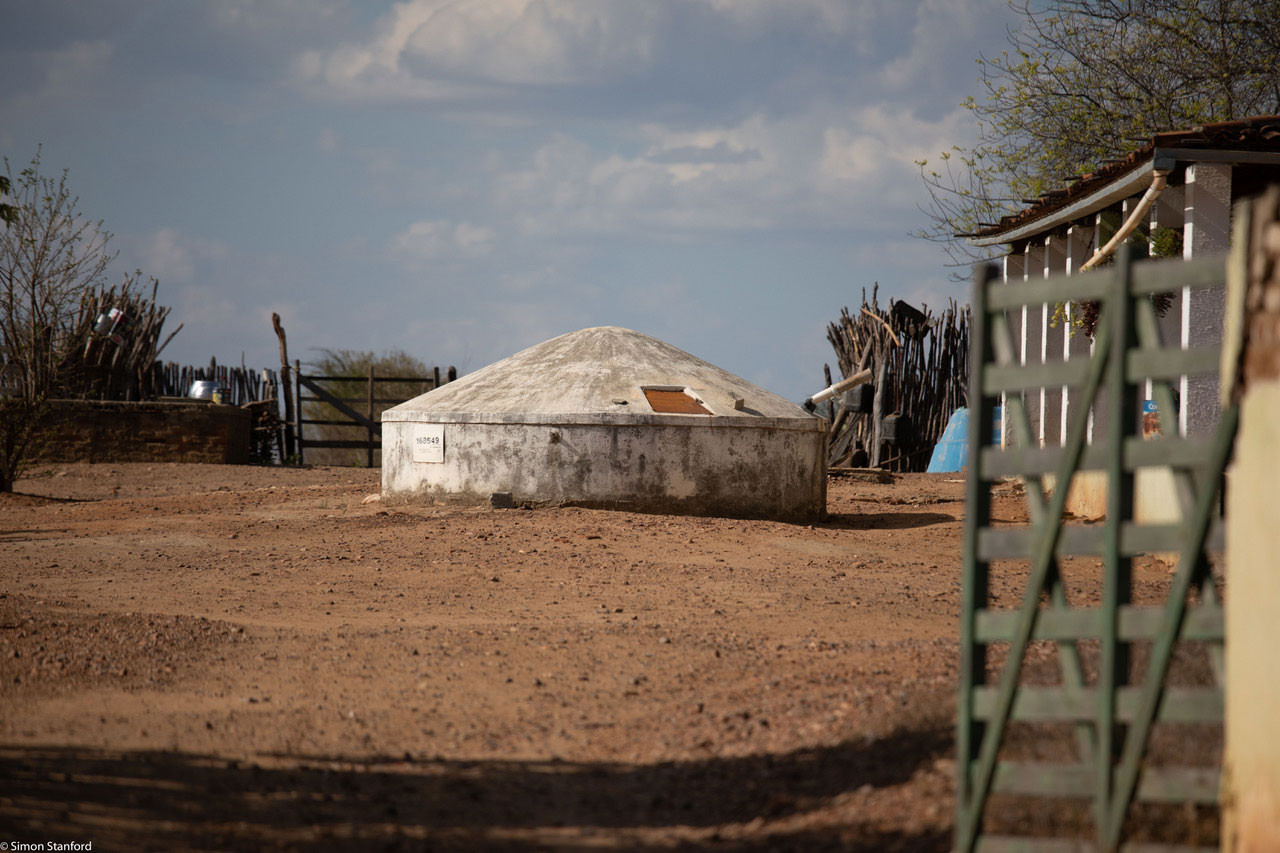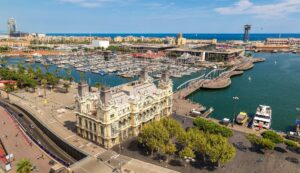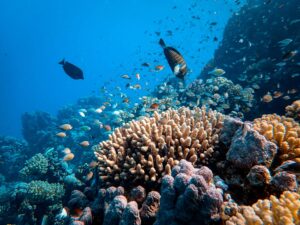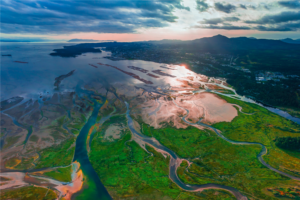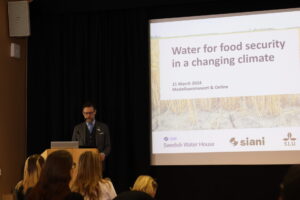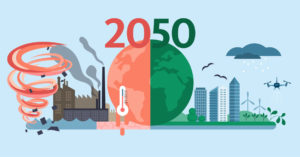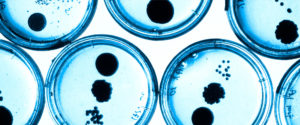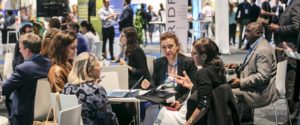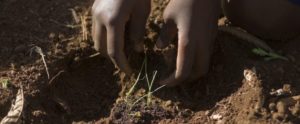Follow the water!
Henrika Thomasson, SIWI Director, shares her reflections on the webinar on Agenda 2030 and a model for water management in northeastern Brazil.
The importance of open communication was my main message in a recent online panel discussion arranged by a local Swedish UN Association, with panelists such as Ulrika Modéer, assistant Secretary-General at UNDP, Swedish meteorologist Martin Hedberg and several others.
The main topic of the webinar was the project “One million water cisterns”. Simon Stanford, a well-known South-African documentary filmmaker, launched his film from the project during the webinar. Over one million family-run rainwater cisterns have been built in the semi-arid area of North Eastern Brazil and changed the livelihoods of the inhabitants. The cisterns make it possible to store water for as much as eight months, helping families to cope and manage their farms throughout droughts. Fewer people have left the area, school attendance has improved as has health, such as less diarrhoea, and other indicators of development. All made possible through government financing and a network of 3000 civil society organizations working together on the implementation. A true success story that has inspired others to start similar projects around the world, for example: in the Sahel desert.
Watch full webinar
My contribution was remarks on how water – as both a problem and a solution – is communicated and why. Here is the short version: It is not.
My point being that the world is now experiencing a number of environmental and social challenges, such as climate change, pandemics, loss of biodiversity, food shortages, pollution of rivers and seas, political polarisation and instability – and migration. They are intrinsically linked; but the links are complicated and we as human beings prefer to address one thing at a time.
Water is part of all these challenges. The effects of climate change come in the form of droughts and floods, to fight a pandemic we need access to clean water, agriculture consumes 70 per cent of the freshwater we use – with industry using the majority of the rest. Two billion people experiencing water stress is one factor increasing migration. And still, we don’t talk about water. Why?
Probably because water is seen as an effect of something else – and it is then logical to want to solve the underlying problem. But then we risk missing a way of fast forwarding to solutions.
If we as a human race would approach the challenges we are facing through a water lens; that is, if we would practically go about solving water problems and working with water as the solution to other problems, so many things could be solved at once. Take wetlands for example; cities that risk floods can protect themselves by creating or restoring wetlands that can swamp up surplus water and store water for potential droughts. Wetlands also improve biodiversity and enable more water-efficient agriculture. Similarly, access to clean water improves health, education levels, gender equality and increases our resilience for surviving pandemics.
SIWI and the global water community say to the global development community: Follow the water! Unfortunately, there are too many scattered voices saying it, focusing on causes within the cause and wanting to say too much at once, making it overcomplicated. Our basic message is getting lost.
We, in the water community, and especially us communication professionals, have a great responsibility in this. We need to align our voices, tailor messages and show how the water path leads to possible solutions. As did the inhabitants in North Eastern Brazil.
Let’s join forces and make it happen!
